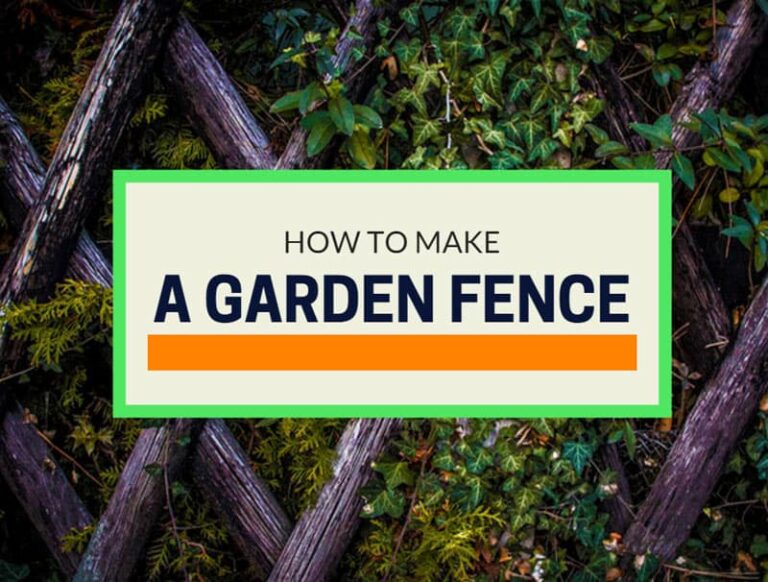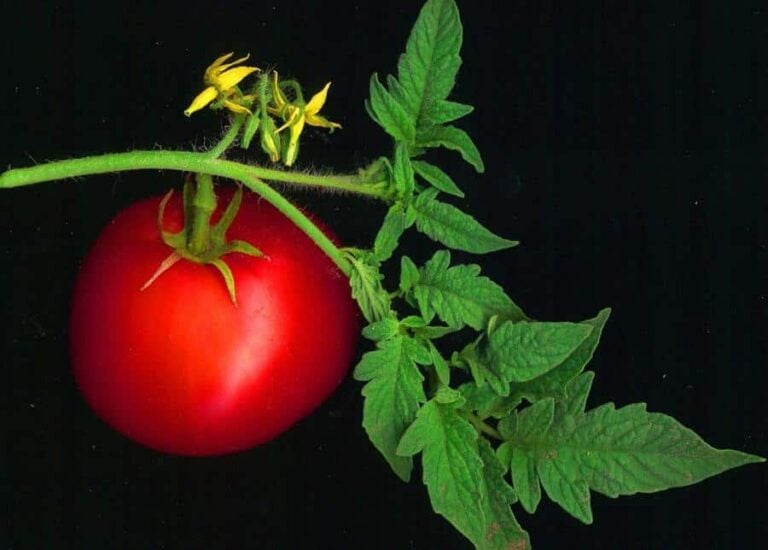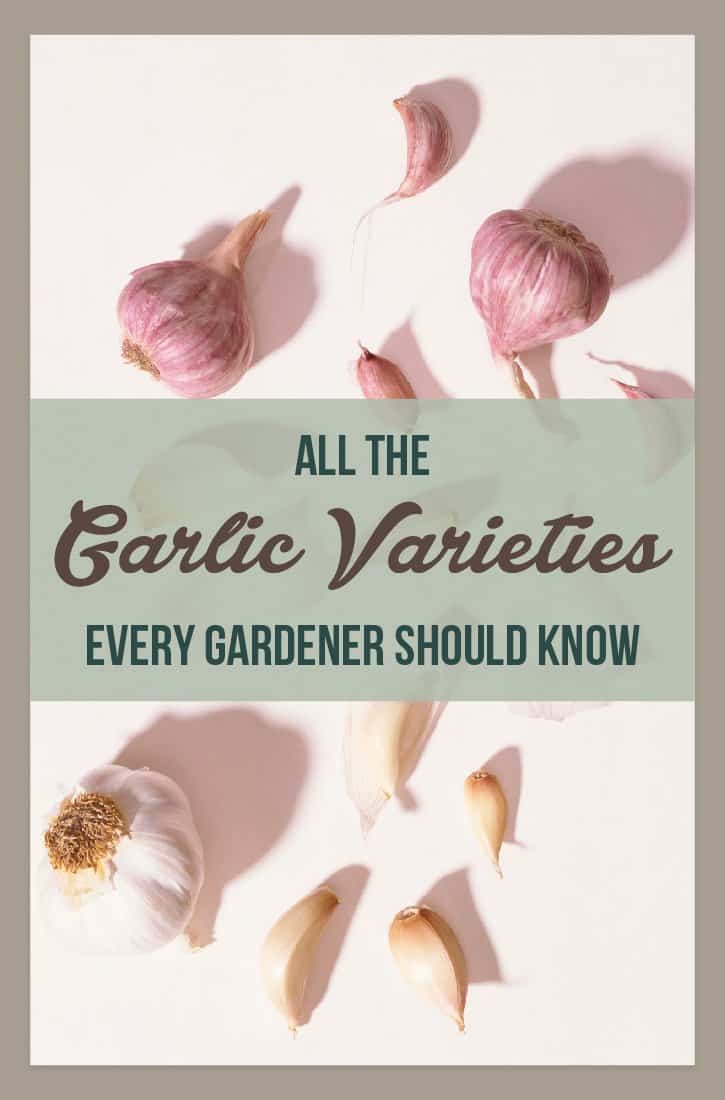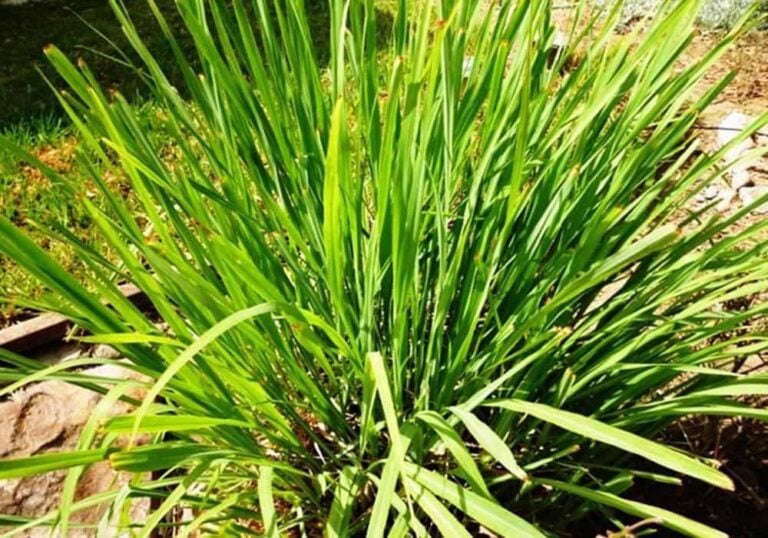French Garden Design Ideas To Help You
A good French garden can feel like a study in geometric precision. From sculpted topiaries to carefully arranged flowerbeds, precise symmetry can abound, which is why the concept is so appealing. The clean, beautiful formality of it all induces a sense of calming order – something that may be in short supply if you’re having to deal with daily chaos. Thankfully, there are several smart ways you can bring about this touch of Euro-inspired Zen to your own backyard.
1. Basic Topiaries are Terrific
Geometry and precision play vital roles in the creation of a proper French garden. That’s probably why topiaries are oftentimes considered are so popular with this garden style. It can be argued that no single garden accoutrement delivers on both accounts as this specially shaped plant.
For the novice gardener, or even for those that haven’t looked deeply into the world of topiaries, one’s mind may instantly associate the term with elaborate garden sculptures of animals, cartoon characters, or elaborate shapes. This could lead you into being a bit intimidated by the process.
While those things are cool, those elaborate designs are just the form at its most elaborate. For your garden, a simple cone, circle, or spiral-shaped topiary will produce the desired effect that you’ll want in your French garden. Even just a small-scale example of horticultural precision will bring a sense of order that you probably would like.
2. An Annual Event
While French gardens are driven by precision, it doesn’t mean that they are built on routine. Like any self-respecting garden, you’re going to want some pops of color to stand out amongst the green in your back yard. The best way to do this in a manner befitting of a French garden is to plant some annuals.
As the name suggests, annuals are flowers that last one growing cycle, from seed to flower and back to seed again. They’re work well in French gardens because they so ideally capture the concept of life in the garden. Each year, these flowers spring anew, adding bursts of color in spots where there wasn’t any during the cold winter.
While these flowers do die at the end of each growing season, their seeds will lay dormant during the winter, waiting for the right time to start the life cycle again. While you may be a bit sad to see the flowers disappear at the end of the season, the promise that comes with a new spring is a concept that’s almost as beautiful as the garden itself.
While you can mix and match annuals to get many different colors, it’s rather popular to pick a single hue. You may find that sticking to a minimal color scheme will bring just a little more order and calmness to your garden, just because your eye won’t be tempted to wander elsewhere.
3. A Stone Path Through the Garden
If you’re going to plant a French garden, chances are you won’t want to merely admire its beauty from afar. You’ll want to get up close and personal to your various plants, topiaries, and flowers, and not just for gardening purposes, either. The problem to this is, you may be reluctant to walk through it without a sturdy, flat surface.
This is why stone surfaces are perfect for a French garden, if not one of its most vital elements. A carefully laid-out path of pretty, cleaned-up stones can bring an inviting character to any sized garden, as it sends a signal out to people to let them know it’s perfectly fine to take a jaunt amongst the greenery. They can also look quite fetching.
You don’t necessarily have to solely embed the stones within the garden’s surface, either. If you have room, you can build a gravel path through your garden and set the stones inside. This trick will provide you with an even wider, more defined walkway, which may make it even more inviting than a mere collection of carefully placed stones.
Check out also our article about memorial stones.
4. Keep Your Seating Area Clean
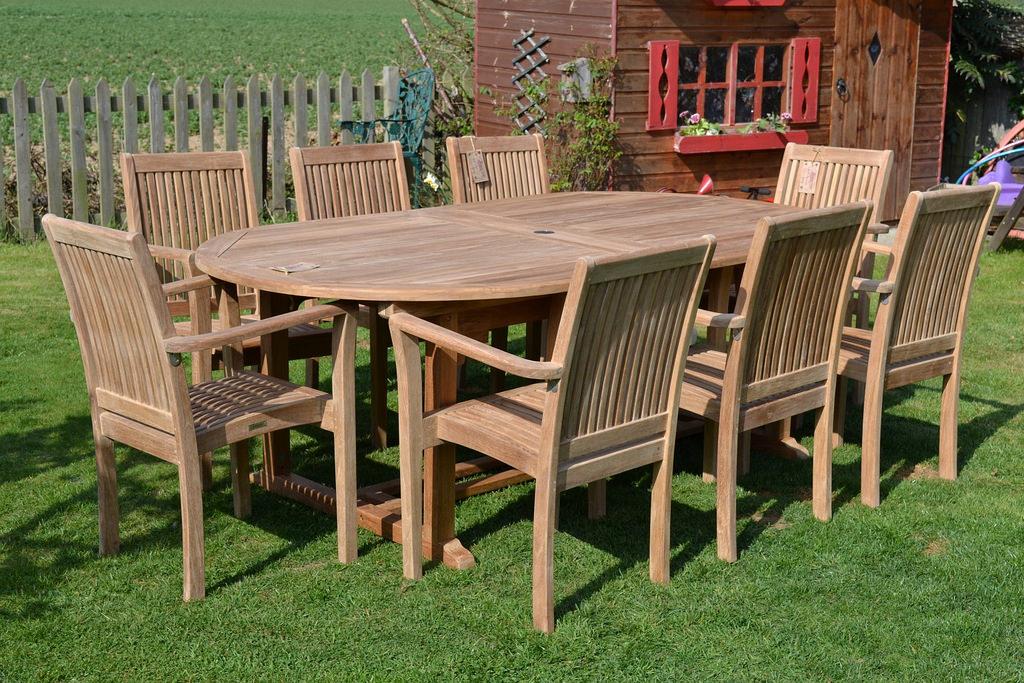
If you’re going to go through the trouble of designing a French garden, you’re probably going to devote some time to making sure you have a proper space to view and admire the beauty. If so, it’s important that you keep the area nice and tidy, lest you defeat the purpose of having a French garden in the first place.
It isn’t rocket science to keep your seating area clean. All you have to do is adhere to the same basic rules you already have in place for the inside of your home, and just apply it to the outside. Unless you live like a total slob indoors, this simple rule of thumb should allow you to keep things looking like your area belongs in your garden.
5. Don’t be Afraid of the Random Rustic Object
You may be inclined to think of French design as being built on elegance. Yet while its geometric precision may lend to this mindset, the fact of the matter is that the concept is underscored by a rustic vibe. This is why you may occasionally see the them referred to as a French country design.
As such, it’s perfectly fine, if not encouraged, to drop a little rustic element amongst all of your garden’s meticulousness. A well-placed bucket, a shabby chic birdhouse, or a small statue can provide a touch of character to your garden without compromising your garden’s overall theme. If you’re afraid of your French garden being a little too precise, this will fix such worries in a hurry.
And really, you should never find yourself in a state of worry when you’re in your garden, especially if it’s patterned after the classic French design. Fortunately, if you go about building a French garden in the proper way, you’ll find a mind-clearing paradise within steps of your back door whenever it’s needed.
Photo Credit
Photo by Michael Coghlan Licensed Under CC BY-SA 2.0
Photo by shal aharony Licensed Under CC BY 2.0


